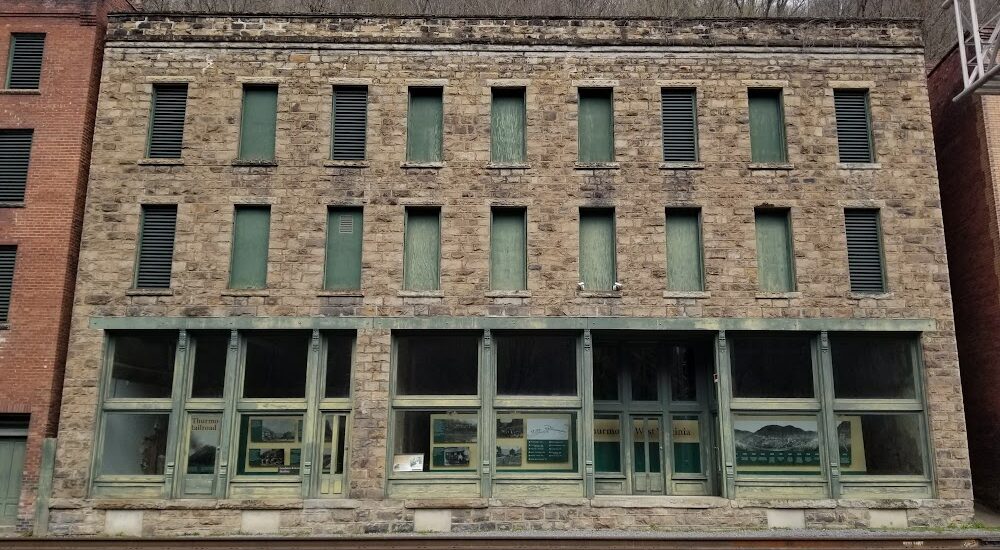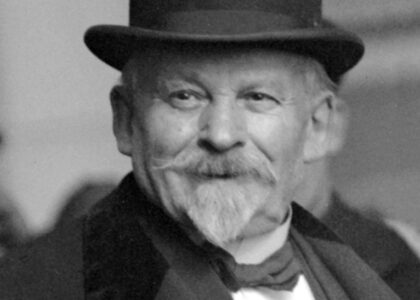Welcome to Thurmond Historic Town, a small yet historically rich landmark nestled in the New River Gorge of West Virginia. This once-thriving hub of industrial activity and railroading stands as a testament to the impact of coal and railroads on the American landscape. Established in 1873 by Captain William Dabney Thurmond, who received the land as payment for surveying work, Thurmond quickly grew into a bustling community due to the expansion of the Chesapeake and Ohio Railway.
In its heyday during the early 1900s, Thurmond was a boomtown, drawing in coal barons, workers, and visitors from far and wide. It was a place where the rumble of steam locomotives was as common as the sound of the New River crashing through the gorge. At its peak, Thurmond was the largest revenue generator on the C&O Railway, surpassing major cities like Cincinnati and Richmond in freight tonnage.
The town’s prosperity was closely tied to the coal industry, with the local mines producing millions of tons of coal annually. The bustling depot saw as many as 75,000 passengers each year, and the town was equipped with hotels, banks, and a vibrant commercial district, despite the absence of traditional roadways. The Dun Glen Hotel, famous for its grand parties, was a centerpiece of Thurmond’s social scene until it burned down in 1930.
Notable figures in the town’s history include its founder, Captain Thurmond, a Confederate veteran known for his strict Baptist beliefs. Despite his prohibition of alcohol on his land, the area outside Thurmond’s incorporated boundaries was known for its lively and sometimes lawless nightlife.
However, Thurmond’s decline began with the Great Depression and was accelerated by the switch from steam to diesel locomotives in the 1950s. These new engines did not require the frequent stops for coal and water that had fueled Thurmond’s economy. As the coal industry waned and new transportation methods emerged, the town’s population dwindled.
Today, Thurmond is preserved as part of the New River Gorge National Park and Preserve, offering visitors a glimpse into a bygone era of American industrial history. The town remains a powerful reminder of the forces that shaped the modern United States, standing as a living history museum where stories of the past come alive.






